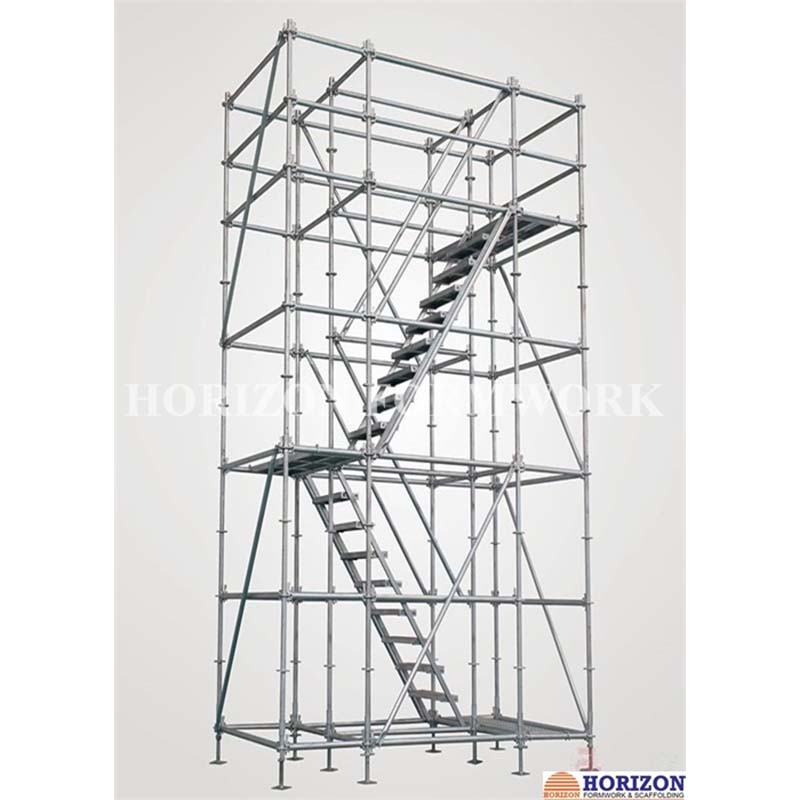Sen . 14, 2024 00:18 Back to list
table formwork
Understanding Table Formwork A Comprehensive Guide
Table formwork is a widely used system in the construction industry, primarily for creating concrete structures such as slabs, ceilings, and floors. As a form of scaffolding, table formwork provides a sturdy and efficient means to support wet concrete until it is adequately set. This method offers numerous benefits that make it a popular choice among contractors and builders.
One of the most significant advantages of table formwork is its speed of installation and efficiency. The tables can be prefabricated off-site, which minimizes the time needed on the construction site. They are typically assembled with a series of frames and panels, allowing for quick setup and dismantling. This efficiency helps to accelerate the overall project timeline, thus reducing labor costs and job site disruptions.
Moreover, table formwork is known for its strength and stability. The design allows for the distribution of weight across a large area, which is crucial for handling the heavy loads associated with freshly poured concrete. Builders appreciate the robust support it offers, as it significantly reduces the risk of structural failure during the curing process. Some modern table formwork systems even come equipped with adjustable props, which enhance their capacity to bear weight.
table formwork

Another notable benefit is the versatility of table formwork. It can be used for various applications, from residential buildings to large commercial projects. The modular nature of the system allows it to be adapted to different shapes and sizes, accommodating a wide range of construction demands. This flexibility is further enhanced by the availability of different materials, such as steel and aluminum, which cater to the specific needs of the project.
Safety is another critical aspect of table formwork. The system is designed to ensure that workers can access the work area without compromising stability. Additionally, the low risk of accidents is a significant consideration for project managers, who prioritize the well-being of their workforce. The solid structure of table formwork reduces hazards associated with falling materials and provides a safer working environment.
Furthermore, using table formwork can lead to cost savings in the long run. Although the initial investment may be higher compared to traditional formwork systems, the durability and reusability of table forms make them a cost-effective choice. Once the tables are completed, they can be reused for multiple projects, significantly lowering overall material costs while promoting sustainability.
In conclusion, table formwork proves to be an indispensable tool in modern construction practices. Its efficiency, strength, versatility, and safety features make it an attractive option for builders looking to enhance productivity and ensure the integrity of their structures. As construction techniques evolve, the reliance on advanced formwork systems like table formwork is likely to continue, driving innovations that support the industry's growth and sustainability.
-
Formwork Spring Clamp Factories: Quality & Bulk Supply
NewsAug.21,2025
-
Premium Ringlock Scaffolding | China Manufacturer & Supplier
NewsAug.19,2025
-
Efficient Table Formwork for Fast Slab Construction & Reusability
NewsAug.18,2025
-
Timber Beam H20 Formwork & Shuttering - Durable & Reliable
NewsAug.17,2025
-
Timber Beam H20: Premium Formwork & Shuttering Solutions
NewsAug.16,2025
-
Premium H20 Timber Beam for Formwork & Slab Shuttering
NewsAug.15,2025